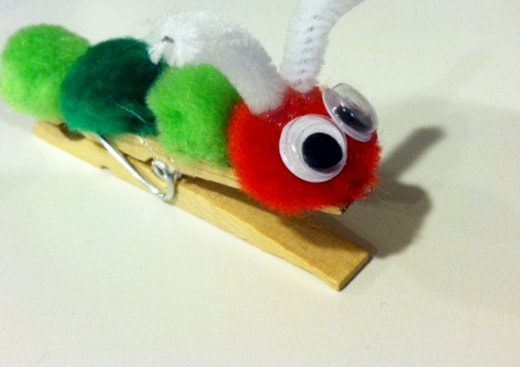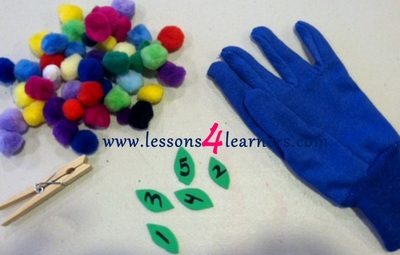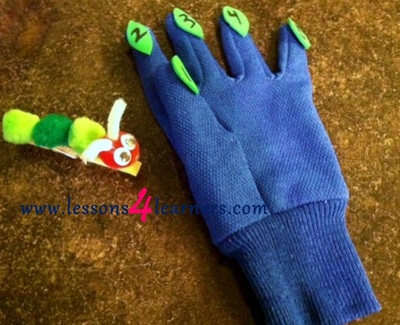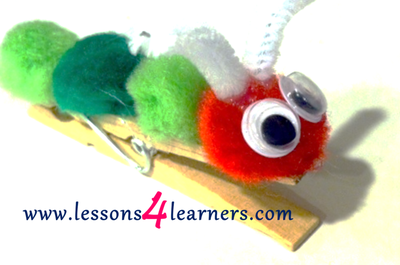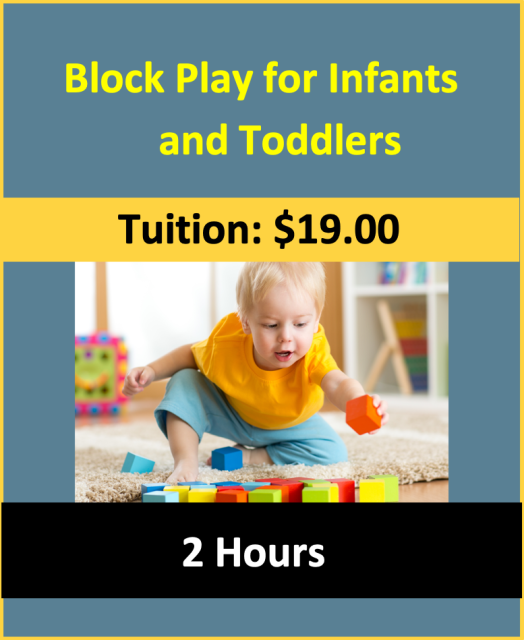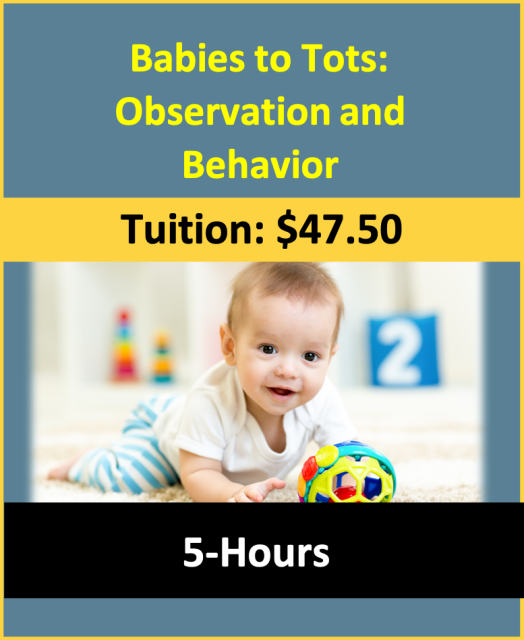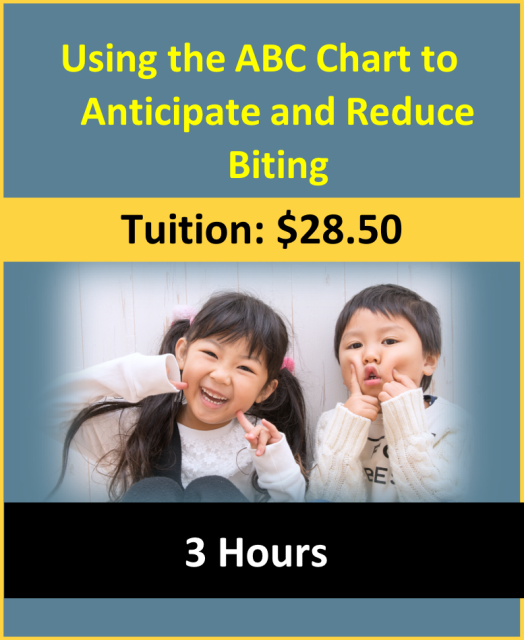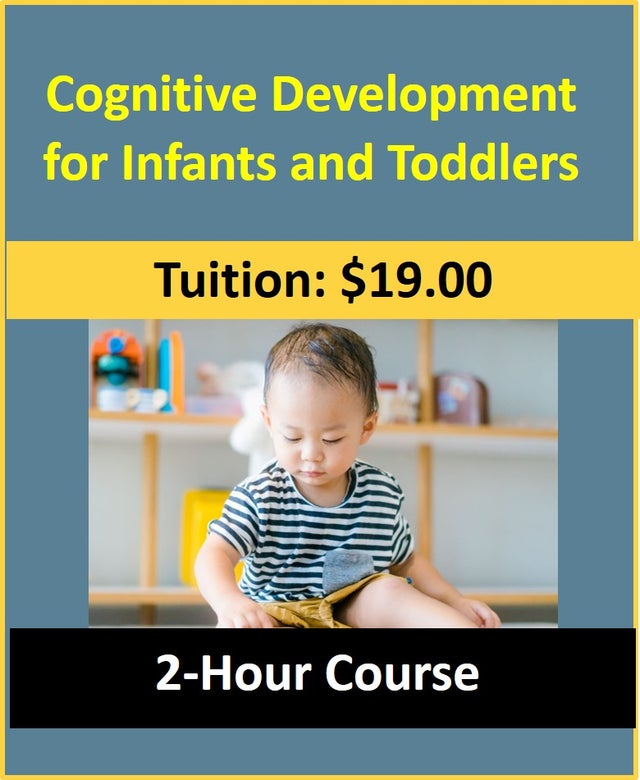Caterpillar Finger Puppet
Lesson Plan:
|
Activity:
Caterpillar Finger Puppet Lesson plan developed by Ms. Erika Geelhoed, BA Ed Age Group:
* Lesson plan objective and assessment can be adapted to use this activity with toddlers or preschoolers.
Objectives:
Children will:
|
|
Click on the photos to enlarge.
|
II.6.2b
Materials:
|
Procedure:
- Prep for lesson by making the clothespin caterpillar.
- Glue pom poms onto the clothespin (you can use a slightly bigger one for the head if desired).
- Cut and glue pipe cleaners for make antennae.
- Glue on googley eyes.
- Next, start on making your leaf glove.
- Cut leaf shapes out of green felt and write numbers 1-5 on them.
- Glue them on to each of the fingers of the glove.
- When dry you can put on the glove and read the following poem to the child:
Munchy little caterpillar,
Crawling oh so slow,
Munching up leaves
Everywhere you go,
So much work,
No time to play,
How many leaves
Will you eat today?
(Touch the caterpillar to each leaf as you count numbers 1-5)
Crawling oh so slow,
Munching up leaves
Everywhere you go,
So much work,
No time to play,
How many leaves
Will you eat today?
(Touch the caterpillar to each leaf as you count numbers 1-5)
Assessment:
- Observe and record the children’s reactions and vocalizations
Click on the course icon for enrollment information.
Supporting Language Development
A solid foundation in language development in the years before a child enters school will promote success in reading and writing in the future. Some studies have linked the number of words a child hears before the age of four to future academic achievement. The more often parents and caregivers talk to their children in everyday situations, the more opportunities children have to learn new words and practice their communication skills.
Singing songs and reciting simple nursery rhymes are one way to promote children’s language development. They help to give children a sense of the natural rhythm of the language and its sentence patterns.
Singing songs and reciting simple nursery rhymes are one way to promote children’s language development. They help to give children a sense of the natural rhythm of the language and its sentence patterns.
